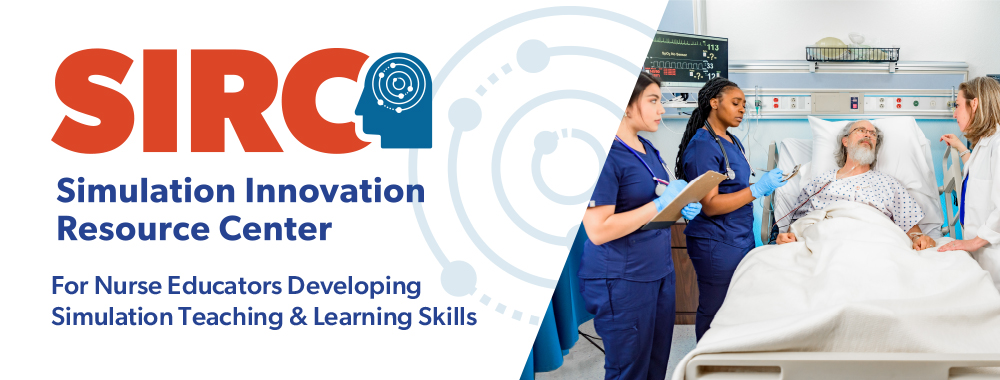NLN SIRC
The National League for Nursing (NLN) established the Simulation Innovation Resource Center (SIRC) to advance healthcare simulation in nursing education. With a collaborative alliance between the NLN and Laerdal Medical, the SIRC’s goal is to develop a community of nurse educators who can effectively use healthcare simulation to promote and evaluate learning. The organization’s mission is to promote excellence across this nursing education to build a strong and diverse nursing workforce to advance the health of our nation and the global community.
SIRC History
The SIRC was founded after representatives from Laerdal Medical met with NLN staff and Pamela R. Jeffries, PhD, RN, FAAN, ANEF, FSSH, in the fall of 2006 to discuss what resources were needed to enable nurse educators to move forward and incorporate clinical simulation into their teaching. At that time there were few resources available for faculty development in nursing simulation pedagogy and implementation. Initially, the representatives proposed a website that would provide a variety of healthcare simulation resources. The site would also establish a community where nurse educators could learn to effectively use simulation to promote learning and advance healthcare simulation in nursing education. This is how the SIRC project was born.
Sponsored Content:
Work on the SIRC project began in early 2007 with a call for healthcare simulation experts. Of the 169 nurse educator applicants, nine were selected. They were chosen to represent a variety of types of educational institutions in geographic locations around the country. The nine healthcare simulation experts from the United States were joined by eight international simulation educators from Australia, Canada, Chile, China, Japan, Norway, and Scotland. Working with instructional designers and technical staff from Laerdal and Fitne, the healthcare simulation experts created eight online courses, along with forums, a glossary, an annotated bibliography, and links to vendors and clinical simulation center websites around the world.
The SIRC officially launched in June 2008 with three online courses, with six more to debut in September of 2008. New SIRC online courses have been added at regular intervals since then, and every two years all courses are reviewed and revised as needed by healthcare simulation experts. This reviewal process was implemented to comply with standards for awarding continuing education.
Yearly, alumni of the NLN’s Leadership Development Program for Simulation Educators have also developed free tools and templates along with projects and products. For example, a unique section of the SIRC website, HomeGrown Solutions, was added in 2015 as a joint effort between the International Nursing Association for Clinical Simulation and Learning (INACSL) and the NLN. Here, healthcare simulation educators can submit their self-made items, creative adaptations to existing items, clinical simulation recipes, and other ideas that increase fidelity. The submissions are then reviewed by an INACSL committee, and those selected are posted on the website and recognized during the INACSL conference each year.
The NLN Nursing EDge blog, formerly NLN TEQ, is another resource brought to learners by the NLN Center for Innovation in Education Excellence. The center engages in resource development and collaborative partnerships to advance the faculty role with simulation and emerging technology. The NLN Nursing EDge contributors blog features topics that keep nurse educators up-to-date with the latest innovations in simulation, technology, e-learning, telehealth, and informatics.
Sponsored Content:
SIRC Healthcare Simulation Courses
NLN Simulation Innovation Resource Center courses are an online e-learning solution for healthcare simulation faculty and staff development. The courses include topics covering everything from the basics of integrating and debriefing clinical simulations, to conducting evaluation and research. Continuing Education (CE) credits are offered for each of these clinical simulation courses.
SIRC courses cover a wide range of healthcare simulation topics, ranging from advanced evaluation to maximizing realism and unfolding cases. Other courses focus on curriculum integration, developing faculty, guidelines for healthcare simulation research, or standardized patients. There are also courses designed to highlight clinical simulation-based interprofessional education, healthcare simulation pedagogy, guidelines for clinical simulation research, and implementing clinical simulation as a teaching and learning strategy.
For example, the Advanced Evaluation SIRC course is designed to help educators understand the importance of robust participant evaluation strategies, and identify strategies for healthcare simulation evaluation using Kirkpatrick’s (1994) levels of evaluation. This evaluation ranges from participants’ reactions to clinical simulation, to longer-term results that take place because of medical simulation. Using this structure, the Advanced Evaluation course can help educators understand and apply the concepts of validity and reliability to healthcare simulation evaluation.
The Developing Faculty course teaches educators about models for faculty development and strategies for gaining faculty support. They are shown examples and asked to create their own plan for attaining aims. An especially useful resource, the Educator’s Toolkit offers 17 job descriptions, as well as templates and checklists to stimulate each educator’s ideas.
During the “Guidelines for Simulation Research” course, educators will learn how information can contribute to the science of nursing education, as well as the steps needed to conduct research in different sized settings. Included in the course are checklists for preparing a single study as well as a multi-site study. The sample IRBs and consent forms will be particularly useful to an educator who is new to research.
The “Simulation Pedagogy” course introduces healthcare simulation to all nurse educators who need to understand the unique contributions that the educational strategy clinical simulation brings to the curriculum. This course presents the learning theories that underpin simulation, discusses the INACSL Simulation Standards, the Nursing National Council of State Boards of Nursing landmark study, and introduces the new NLN Jeffries Simulation Theory.
Click Here to Connect to Leading Healthcare Simulation Vendors
Another course, Integrating Concepts into Simulation, shows nursing faculty how to thread key concepts throughout their curricula. The course describes a process for identifying and integrating a wide range of concepts into healthcare simulation scenarios and shows how to apply these steps using patient safety as an example.
More About the NLN
Dedicated to excellence in nursing, the National League for Nursing is the premier organization for nurse faculty and leaders in nursing education. The NLN offers professional development, networking opportunities, testing services, nursing research grants, and public policy initiatives to all 40,000 individual and 1,200 institutional members. NLN members represent nursing education programs across the spectrum of medical simulation, higher education, health care organizations, and agencies.
Founded in 1893 as the American Society of Superintendents of Training Schools for Nurses, the National League for Nursing was the first nursing organization in the United States. Headquartered in Washington DC, the NLN boasts a remarkable past, an exceptional present, and a shared, transformative future. With purpose, power, and passion, the NLN strives to bring the League’s mission and core values to life. Learn more on the NLN SIRC website or read these articles below.
NLN SIRC Simulation Education Latest News
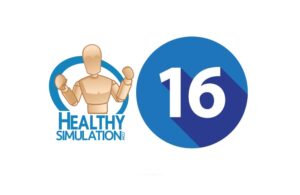
16 Must-Know Healthcare Simulation Key Terms

NLN Simulation Innovation Resource Center (SIRC) Homegrown Solutions
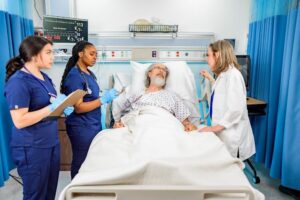
NLN’s Simulation Innovation Resource Center (SIRC) Benefits All Nurse Educators
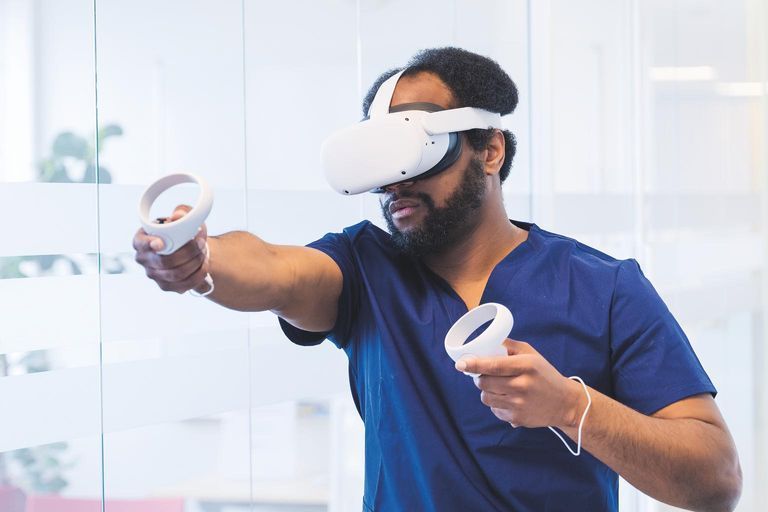
Laerdal Medical and Wolters Kluwer Launch vrClinicals to Boost Nurse Practice Readiness
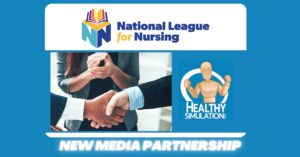
NLN and HealthySimulation.com Sign Media Partnership to Support Nursing Simulation Educators

NLN Education Summit 2022 Continues to Expand Nursing Simulation Presentations

Top 50 Healthcare Simulation Articles of 2021

Leveling Up on Prelicensure Learners Telehealth Healthcare Simulations
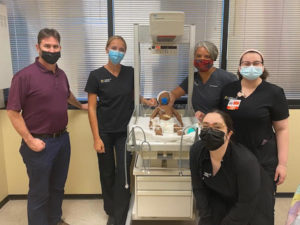
University of Central Florida Addresses Minority Infant Mortality Through Inclusive Clinical Simulation
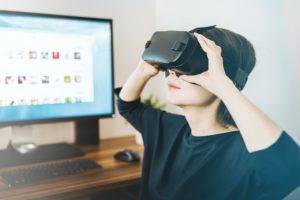
Survey Exemplifies Future of Technology in Nursing Education Post COVID-19

NLN Leadership Development for Simulation Educators
Sponsored Content:



